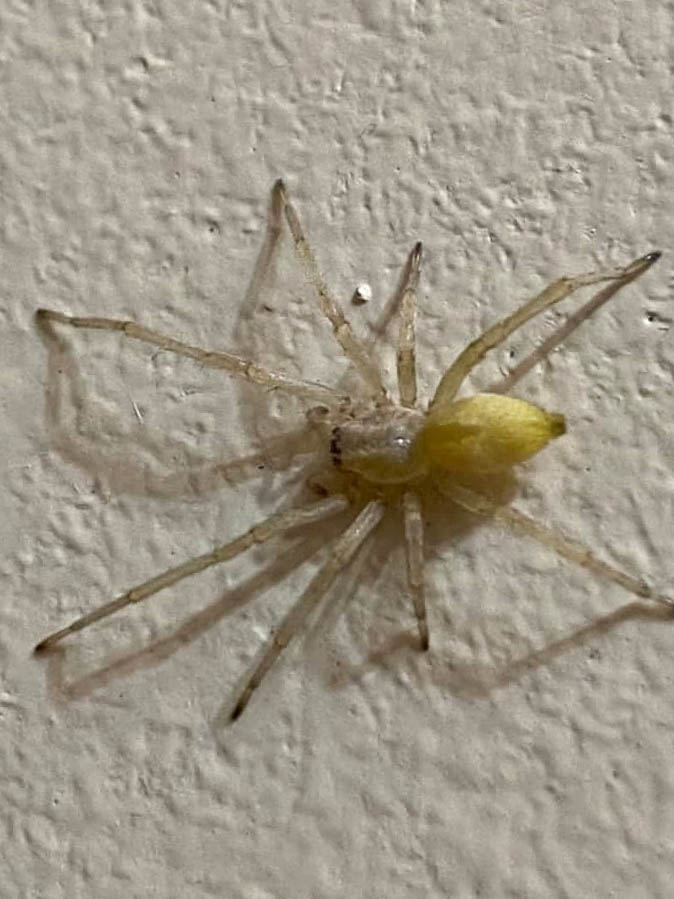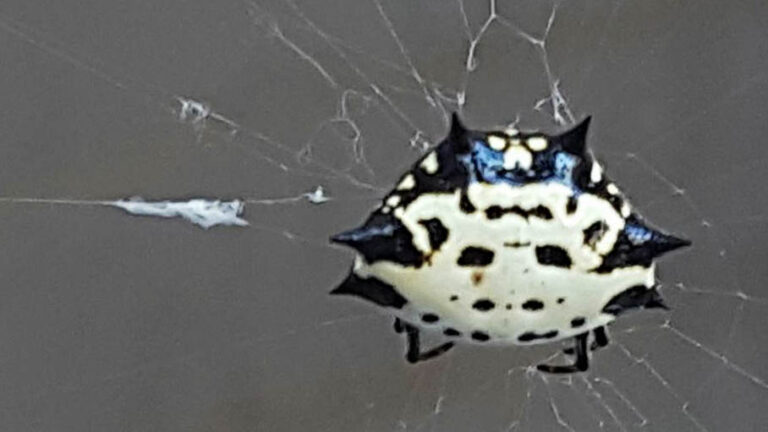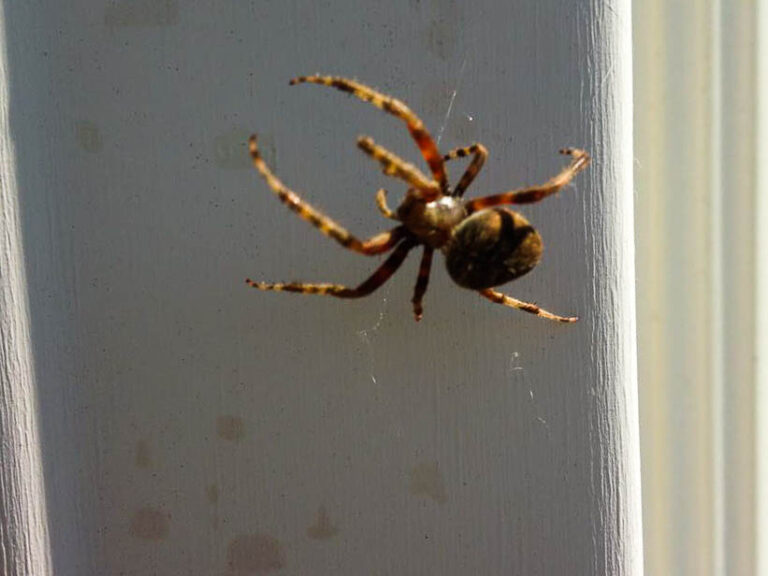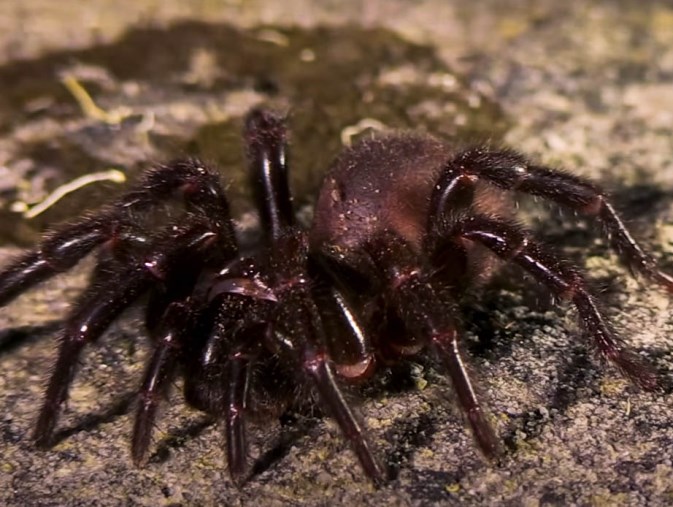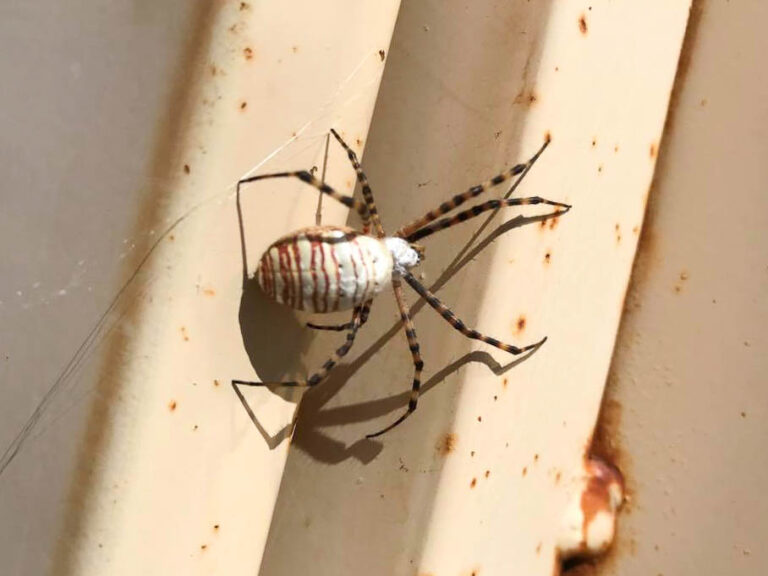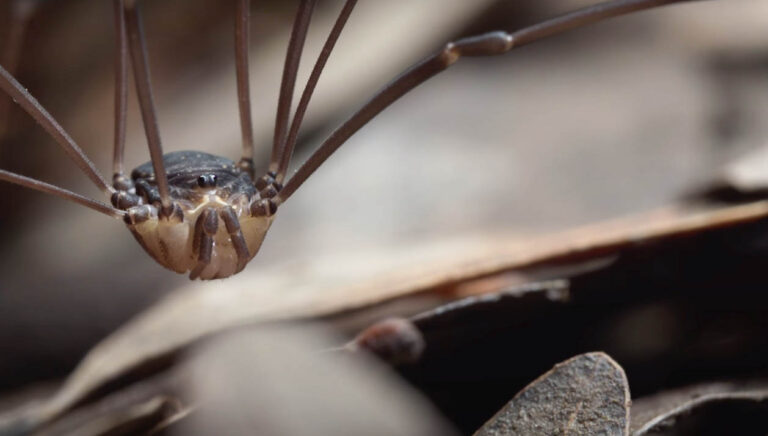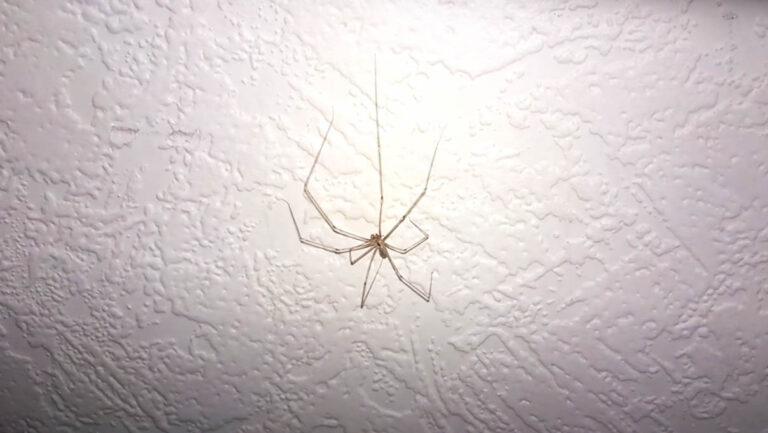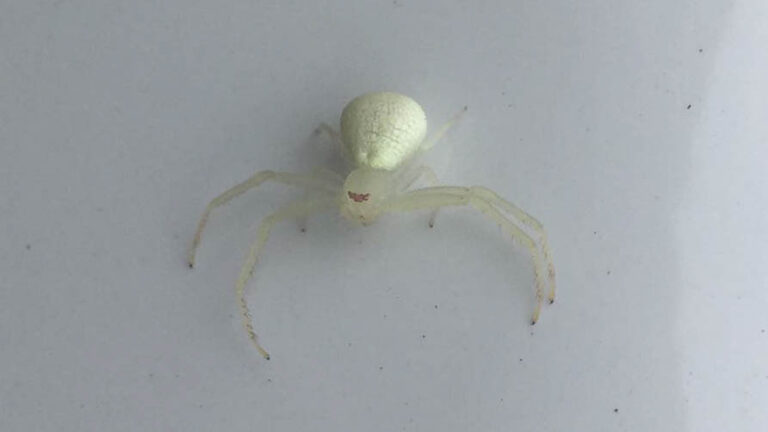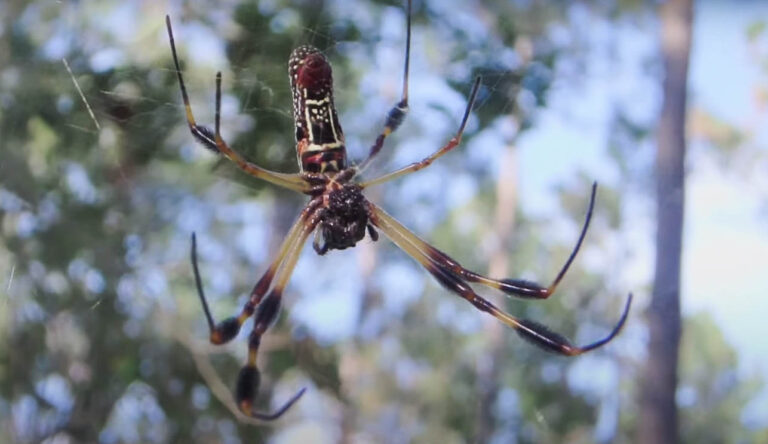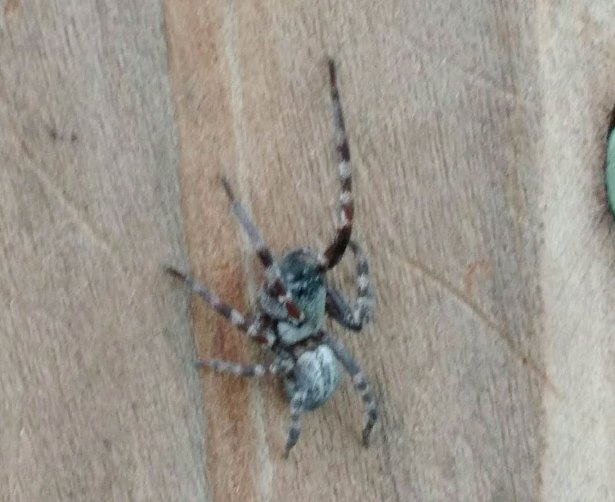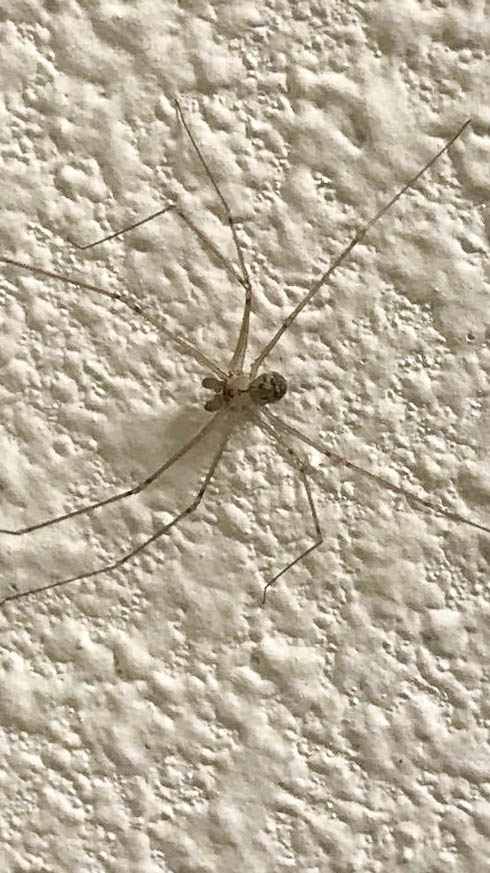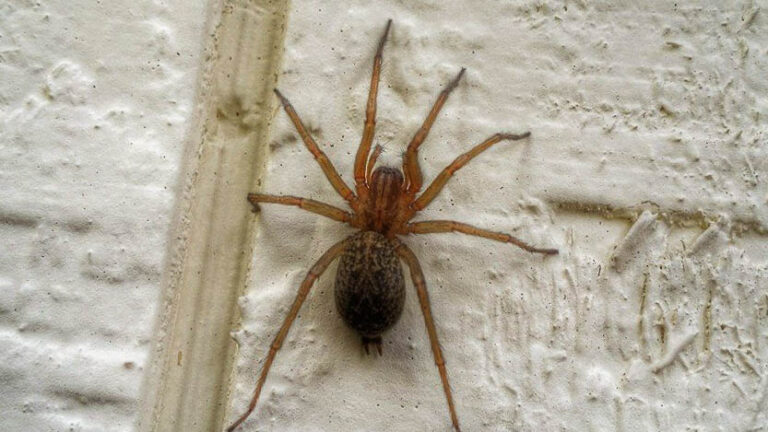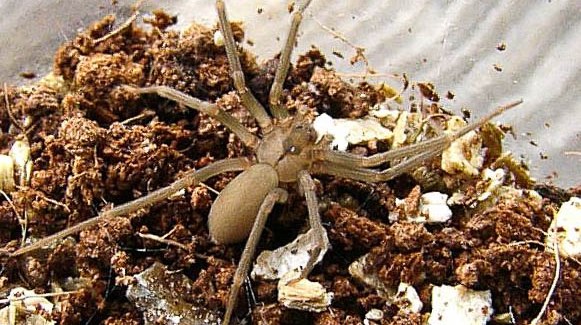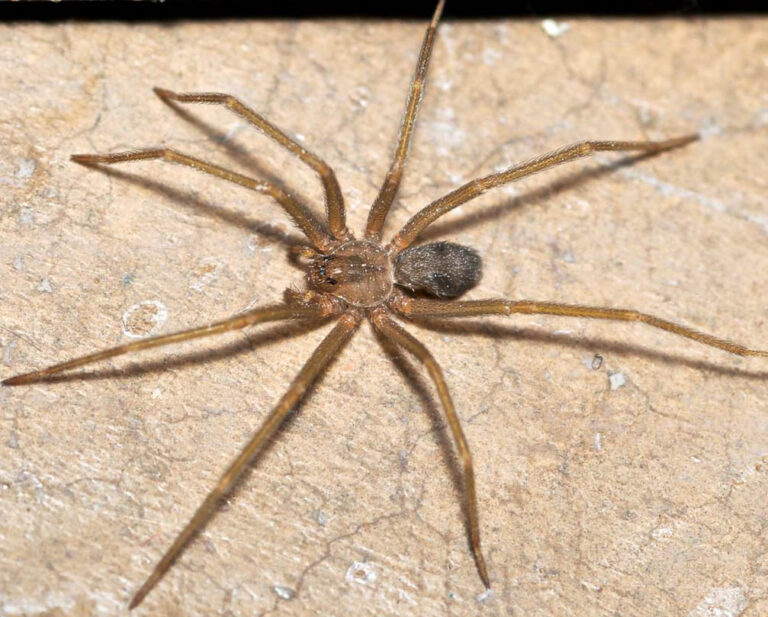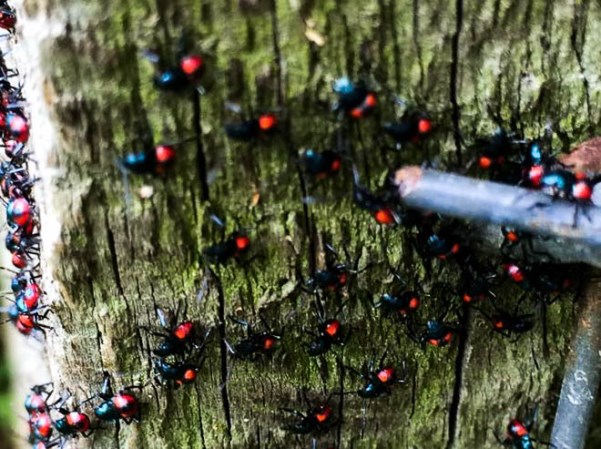About Jumping Spiders
About Jumping Spiders
Jumping spiders belong to the family Salticidae, which is the largest spider family existing in nature. Jumping spiders are known for their sharp vision, which is essential for their movement, hunting, and even spotting mates. As the name describes, the jumping spiders are very active jumpers despite their motion being slow. You will spot them jumping during hunting or when they feel scared. Their unique identifying feature is the four pairs of eyes, two large on the front and two smaller ones on either side. Jumping spiders have many distinctive features, from the characteristics to the general appearance, they are very different from other spider species.
Appearance
Jumping spiders are less than an inch in size (1 to 25mm in length). Their front four legs are relatively more extensive than the hind four legs making it easier to jump. Their front legs are also used for grabbing prey. Due to their unique eye pattern, these spider species stand out from other spider species. Apart from having good vision, jumping spiders can sense movement from up to 50 cm away. Jumping spiders have bodies covered with colored fur, but most of their dorsal are shiny black, though they can also be brown or tan with colored markings.
Behavior
Jumping spiders use their silk thread to climb down to surfaces and back up if need be. Unlike other spiders, they don’t wait for prey to get entangled in their webs. So, when they spot their target, they pounce on it. To keep up to their hunting mode, the jumping spider can jump as far as 20 times its height.
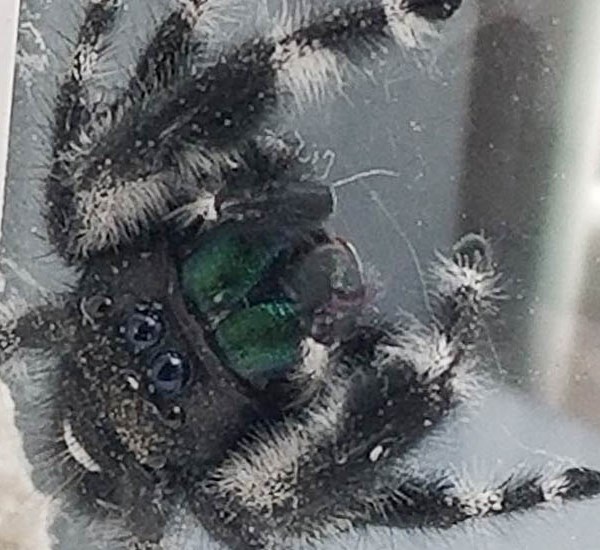
These arachnids are great hunters. Therefore, they don’t build their nests to trap their prey. Instead, their nests are actually for hibernation, molting, or for keeping their egg-sacs safe. Jumping spiders do not stay for too long on one web other than changing positions according to preference. Some jumping spider species use camouflage as a hunting strategy.
Did you know that the jumping spiders nurse their young ones with their “spider milk” for the first early stages of their lives? Sounds amazing, right? The young ones suckle their mothers for the first 40 days of their lives.
Life Cycle
After the females lay their eggs, they make a silk cover for their eggs and guard them until they hatch. When the eggs hatch, juvenile spiders emerge, looking almost similar to the adult spiders. The juvenile spiders stay in the web until they molt to adulthood. More interestingly, young jumping spiders can also jump and have the same steady vision the adults have. Due to the female spiders & predatory habit of preying on their mates, the females have a longer lifespan than the males. As such, they can live for six months to 3 years.
Habitat
Jumping spiders prefer tropical environments and rarely infest homes. They may find their way to your home when hunting for worms, mosquitoes, bugs, and flies. Sometimes, they feed on nectar and pollen. The outdoors gives them a good hunting ground and a perfect environment for them. Since jumping spiders are generally carnivores, none of the jumping spiders feed on fruits or seeds. You can find them on loose tree barks, under the rocks, in the bushes, and around fences. They can also be found in temperate forests, deserts, and mountainous regions.
Are Jumping Spiders Harmful?
As the name suggests, jumping spiders jump far from people rather than attacking them. As such, they are not dangerous to the human race.
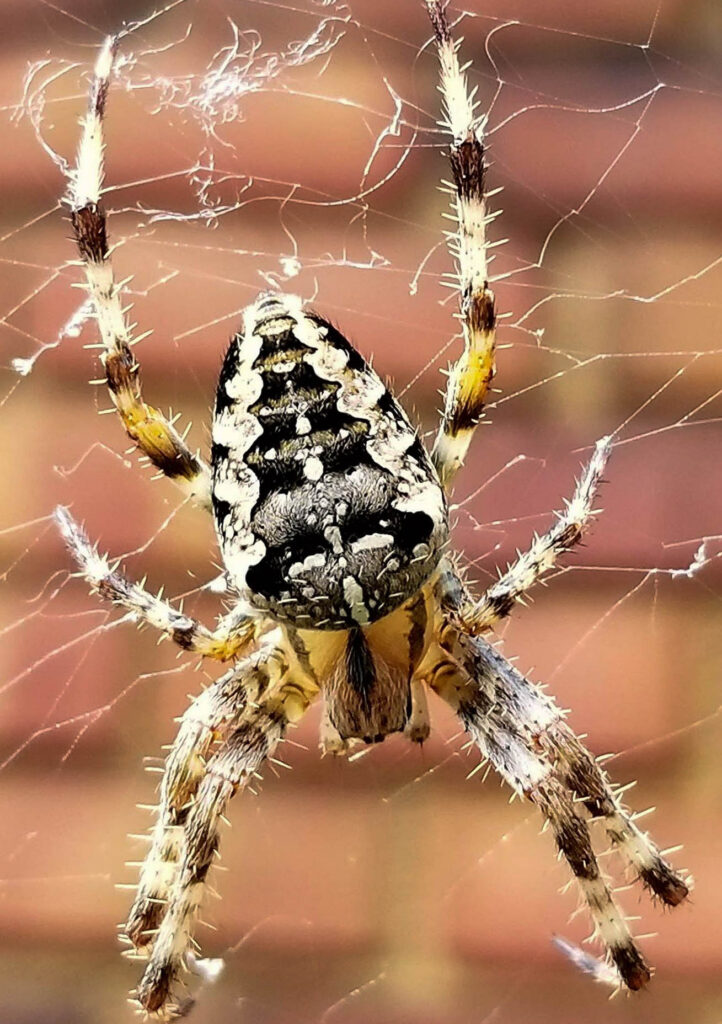
Just like other spider species, jumping types can bite and produce venom. But their venom isn’t a threat to humans. They use their venom to attack prey. However, if you happen to be bit, a red bump appears. It’s advisable to clean the area with water and soap. You can also take an antihistamine to alleviate other symptoms.
How to Control Jumping Spiders
Jumping spiders are referred to as “janitors” that help at home by feeding on other bugs. They are friendly creatures that don’t spoil your home by spinning webs around your structures. Besides that, they do not feed on plants. Therefore, it’s not necessary to kill them. Instead, you can use repellants to scare them rather than killing. If you are tired of their presence, you can seal cracks and crevices that provide suitable hiding spots for these critters. Additionally, you can suck and empty them using a vacuum cleaner.

